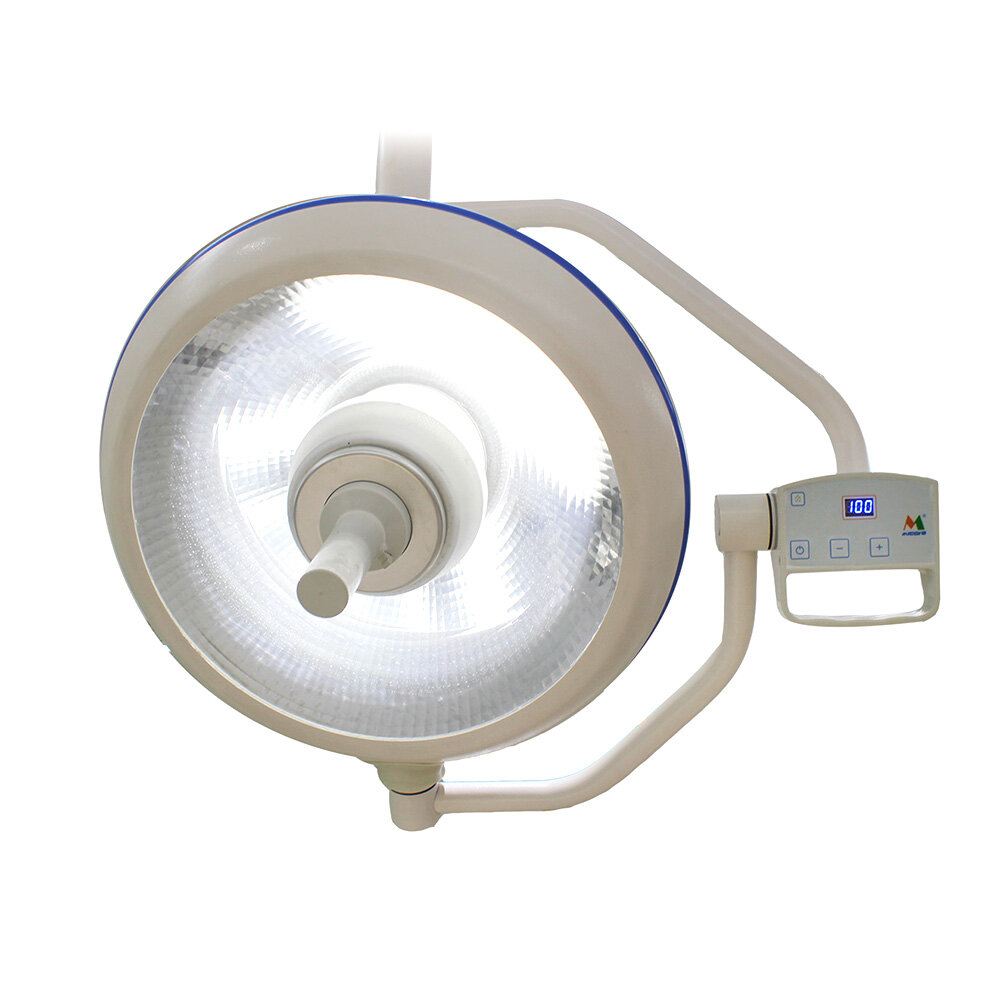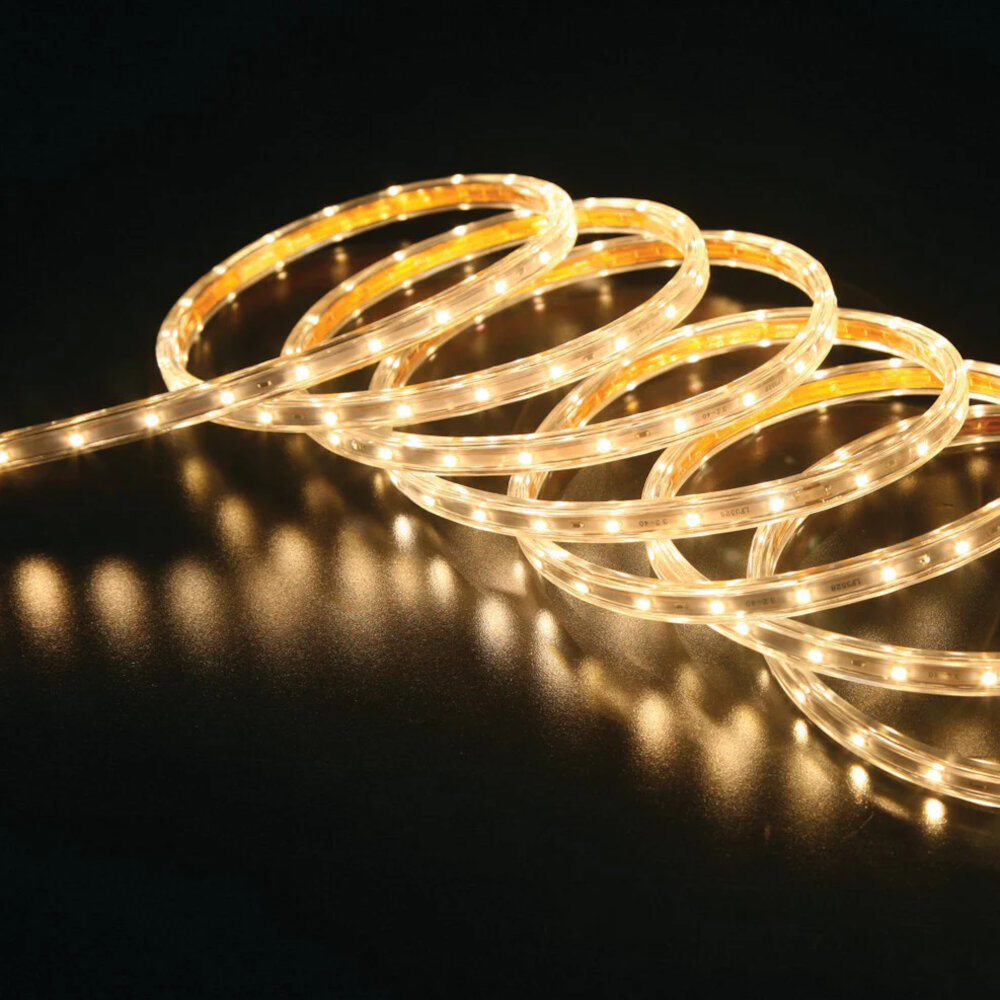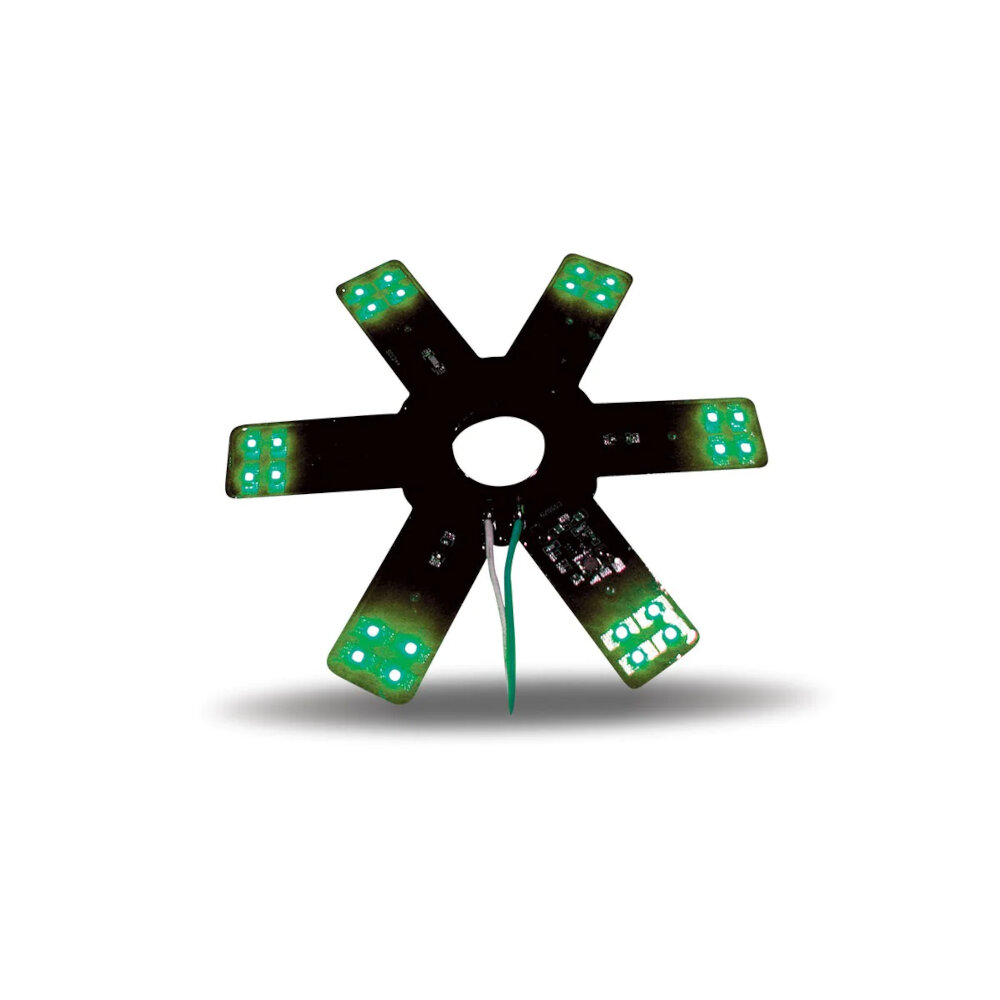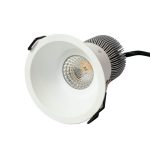LED Light Bulb Testing Made Easy: A StepbyStep Guide using Multimeter

As the world slowly transitions towards more energy-efficient lighting sources, LED light bulbs have become increasingly popular. Not only do they consume less energy, but they also have a longer lifespan compared to traditional incandescent bulbs. However, like any other electrical device, LED light bulbs are prone to malfunctioning. One common issue that LED light bulbs face is a failure to light up. In such cases, it is important to test the bulb to determine if it needs to be replaced or if there is an underlying issue that needs to be fixed. This is where a multimeter comes in handy. In this step-by-step guide, we will take you through the process of testing an LED light bulb using a multimeter. We will cover everything from what a multimeter is, to how to use it to test an LED bulb’s continuity and voltage. Whether you are a DIY enthusiast or a professional electrician, this guide will equip you with the necessary knowledge to troubleshoot LED light bulb issues with ease. So, let’s dive in and learn how to test LED light bulbs using a multimeter.
Testing LED light bulbs is crucial to ensure their quality and performance. LED bulbs are designed to last longer, consume less energy, and emit less heat than traditional bulbs. However, poor quality LED bulbs can fail prematurely, flicker, or emit poor quality light. Testing LED bulbs using a multimeter helps to ensure that they meet their rated specifications, such as voltage, current, and resistance, which ensures their safe and efficient operation. Additionally, testing LED bulbs can help identify any defects or issues before installation, avoiding potential hazards and costly replacements. Overall, testing LED light bulbs is an essential step in ensuring their quality, performance, and safety.
When it comes to testing LED light bulbs, a multimeter is an essential tool to have. A multimeter measures electrical properties such as voltage, current, and resistance, making it perfect for LED light bulb testing. First, set the multimeter to the DC voltage mode, and then place the probes on the LED bulb’s positive and negative terminals. This will give you a reading of the voltage being supplied to the bulb. Next, switch the multimeter to resistance mode and repeat the process. This time, the reading will show the resistance of the LED bulb. By using a multimeter for LED light bulb testing, you can quickly identify any issues with the bulb’s electrical properties and ensure that it is functioning correctly.
Step 1: Gather Materials

When it comes to testing LED light bulbs, the first step is to gather all the necessary materials. This includes a multimeter, which will be used to measure the voltage and current of the bulb. It’s important to make sure the multimeter is set to the correct settings for the type of bulb being tested. Other materials needed for testing include a power source, such as a battery or power supply, and a socket adapter, which will allow the bulb to be tested outside of its fixture. Additionally, safety equipment should be worn, such as safety glasses and gloves, to protect against electric shock. In addition to the basic materials needed, it’s also important to have a clear understanding of the type of LED bulb being tested. This includes its voltage and current ratings, as well as any other specifications that may be relevant. This information can typically be found on the bulb itself or its packaging. It’s also important to ensure that the bulb is not damaged or broken before testing, as this can affect the accuracy of the results. By gathering all the necessary materials and understanding the specifications of the bulb being tested, the testing process can be done efficiently and accurately.
Before starting LED light bulb testing using a multimeter, you need to gather a few materials to ensure accurate results. Firstly, you will require a reliable multimeter capable of measuring resistance, voltage, and continuity. Secondly, you will need a known good LED bulb for comparison purposes. This will enable you to determine if the bulb you are testing is faulty or not. Additionally, you will need a couple of alligator clips to attach the multimeter probes to the bulb’s contacts. A small screwdriver or pliers may also be necessary to remove the bulb from its socket or holder. By having these materials at hand, you can easily and quickly test the LED light bulb’s functionality and identify any issues that need fixing.
There are several materials required for LED light bulb testing using a multimeter. The first material is the LED light bulb itself, which is the primary object under test. The second material is the multimeter, which is used to measure the voltage, current, and resistance of the LED bulb. The third material is a power source, such as a battery or power supply, which is used to supply electrical energy to the LED bulb. The fourth material is a set of test leads, which are used to connect the multimeter to the LED bulb and the power source. Each of these materials plays a crucial role in the testing process, as they enable the user to accurately measure the electrical characteristics of the LED bulb and ensure that it is functioning correctly.
Step 2: Set Up Multimeter

The second step in testing an LED light bulb using a multimeter is to set up the device properly. This may seem like a simple task, but it is crucial to ensure accurate readings and prevent damage to the multimeter. First, make sure the multimeter is set to the correct range for measuring resistance. This can usually be done by turning a dial on the device. Next, ensure that the test leads are securely connected to the multimeter and that the probes are in good condition. It is also important to check that the battery is charged and functioning correctly. Once the multimeter is set up properly, it is ready to be used to test the LED light bulb. Using a multimeter to test an LED light bulb can be a relatively simple process, but it is important to take the time to set up the device properly to ensure accurate readings. In addition to setting the device to the correct range and ensuring that the test leads are securely connected, it is also important to be aware of any potential safety hazards. For example, when testing a light bulb that is connected to a power source, it is important to make sure that the power is turned off and that the bulb is cool to the touch before attempting to test it. With careful attention to detail and proper setup, testing an LED light bulb using a multimeter can be a safe and effective way to diagnose any issues with the bulb.
To set up a multimeter for LED light bulb testing, you need to follow a few simple steps. First, ensure that the multimeter is set to measure DC voltage. Next, connect the red probe to the positive end of the LED light bulb and the black probe to the negative end. Turn on the LED light bulb and take the reading on the multimeter. If the voltage reading is within the range specified by the manufacturer, the LED light bulb is functioning properly. If the voltage reading is outside the specified range, the LED light bulb may be defective and should be replaced. It is important to use a multimeter to test LED light bulbs to ensure that they are functioning properly and to avoid the risk of electrical shock. By following these simple steps, you can easily test LED light bulbs with a multimeter.
One of the key factors that determine the accuracy of the test results while using a multimeter is the correct selection of settings. Multimeters come with different modes of operation, and each mode is optimized for specific types of measurements. Choosing the wrong mode can lead to inaccurate readings, and in the case of LED light bulb testing, this can result in wrong decisions and costly mistakes. Therefore, it is crucial to understand the different modes of operation, their functions, and how they relate to the type of LED bulb being tested. Taking the time to select the right mode and settings for each measurement will ensure that the readings obtained are reliable, accurate, and repeatable.
Step 3: Test LED Light Bulb

Step 3: Test LED Light Bulb is a crucial part of the LED Light Bulb Testing Made Easy process. After completing the previous step, which was to set the multimeter to the diode testing mode, it is time to test the LED light bulb itself. This step will help you determine if the LED light bulb is functional or not. To start, you need to connect the multimeter leads to the LED light bulb’s anode and cathode terminals. You can do this by touching the red lead to the anode and the black lead to the cathode. If the LED light bulb is functional, the multimeter will display a voltage reading between 1.5 to 3 volts. However, if the LED light bulb is not functional, the multimeter will display no voltage reading. Testing the LED light bulb is an essential step in the LED Light Bulb Testing Made Easy process. It helps you determine if the LED light bulb is functional, which can save you time and money. If you find that the LED light bulb is not functional, it is best to replace it with a new one. However, if the LED light bulb is functional, you can move on to the next step, which is to test the LED light bulb’s brightness. By following the LED Light Bulb Testing Made Easy process, you can ensure that your LED light bulbs are functional and reliable, which can save you from the hassle of replacing them frequently.
If you want to test an LED light bulb with a multimeter, the first step is to set the multimeter to the DC voltage setting. Next, insert the black lead of the multimeter into the common input jack and the red lead into the voltage input jack. Then, connect the black lead to the negative terminal of the LED bulb and the red lead to the positive terminal of the bulb. If the LED bulb is working correctly, the multimeter will display a voltage reading, which should be close to the rated voltage of the bulb. However, if the LED bulb is faulty, the multimeter will not display any voltage reading or display a voltage reading that is significantly lower than the rated voltage of the bulb. By following these simple steps, you can quickly and easily test an LED light bulb using a multimeter.
When testing an LED light bulb with a multimeter, it’s important to understand how to interpret the readings. First, make sure the multimeter is set to measure DC voltage. Then, touch the multimeter probes to the corresponding positive and negative terminals on the bulb. If the bulb is functioning properly, the multimeter should display a voltage reading between 2-4 volts. If the reading is lower than 2 volts or higher than 4 volts, the bulb may be defective or damaged. Additionally, if the multimeter displays a reading of 0 volts, the bulb is likely not receiving any power and may have a wiring or connection issue. Understanding how to interpret multimeter readings is crucial for identifying any issues with LED light bulbs and ensuring they are functioning properly.
Step 4: Troubleshooting

Step 4: Troubleshooting is the stage where you can identify the root cause of any issues you encountered during the testing process. If the multimeter reading shows that the LED light bulb is not working correctly, you can troubleshoot the problem to determine why this is happening. The most common reason for LED light bulbs to fail is overheating, which can cause the LED’s to become damaged or burned out. In such cases, the LED light bulb may need to be replaced. Another common problem with LED light bulbs is that they may not be properly connected to the circuit. If the circuit is not properly grounded or if the wiring is not connected correctly, the LED light bulb may not work at all. In such cases, you need to check the wiring and ensure that everything is connected correctly. If the wiring is not connected correctly, you may need to rewire the LED light bulb to ensure that it is properly connected. Troubleshooting is an essential part of the LED light bulb testing process, as it helps you to identify any issues that need to be resolved before the LED light bulb can be used effectively.
During LED light bulb testing, there are several common issues that can arise. One of the most common issues is a faulty connection between the LED bulb and the circuit board. This can lead to inconsistent readings and inaccurate measurements. Another issue is the presence of stray voltage, which can cause the LED bulb to light up even when it is not supposed to. Additionally, testing LED bulbs that have been damaged or are not functioning properly can also result in inaccurate readings. To avoid these issues, it is important to ensure that the connections are secure and that the LED bulb is functioning properly before testing.
When testing LED light bulbs with a multimeter, there are several issues that may arise. One common issue is a faulty bulb. If the multimeter is reading zero ohms, the bulb is likely short-circuited and needs to be replaced. Another issue may be a loose connection. To troubleshoot this, gently wiggle the bulb in the socket while observing the multimeter readings. If the readings fluctuate, the connection is likely loose and needs to be tightened. Additionally, incorrect wiring can cause issues. Check to ensure that the wiring is correctly installed and connected to the appropriate terminals. Lastly, if the multimeter readings are consistently low, the bulb may not be receiving enough power. In this case, check the power source and wiring to ensure that the bulb is receiving the appropriate voltage.
Testing LED light bulbs is an essential step in ensuring their quality and longevity. Not only does it help identify any faulty bulbs, but it also ensures that the bulbs are energy-efficient and meet safety standards. LED light bulb testing using a multimeter is a user-friendly and cost-effective method that enables both professionals and DIY enthusiasts to conduct quick and accurate tests. Multimeters can measure various electrical parameters such as voltage, current, and resistance, providing valuable information about the performance of LED bulbs. By following a step-by-step guide, LED light bulb testing using a multimeter can be done with ease, allowing users to confidently choose the best bulbs for their needs while contributing to a more sustainable future.
In order to test an LED light bulb using a multimeter, the first step is to set the multimeter to the appropriate voltage range. Then, the LED bulb must be connected to the multimeter by touching the positive lead to the bulb’s positive terminal and the negative lead to the negative terminal. The multimeter should then display the voltage reading of the LED bulb. If the voltage reading is within the expected range, then the LED bulb is functioning properly. However, if the voltage reading is outside the expected range, then the LED bulb may be faulty and should be replaced. It is important to always exercise caution when working with electricity and to use the proper equipment and techniques to ensure safety.
In conclusion, LED light bulb testing using a multimeter can be a quick and efficient way to determine whether a bulb is functioning properly or not. However, it is important to note that proper safety precautions should be taken when handling electrical equipment. Additionally, it is recommended to test multiple bulbs of the same type to ensure consistency and accuracy in readings. Finally, if a bulb is found to be faulty, it should be disposed of properly and replaced with a new one to ensure optimal performance and safety. Remember, regular testing and maintenance of LED light bulbs can help save energy, reduce costs, and prolong the lifespan of the bulbs.
Conclusion

In conclusion, testing an LED light bulb using a multimeter is a relatively easy process that can be done at home with the right tools and knowledge. By following the step-by-step guide outlined in this article, you can determine whether your LED light bulb is working properly or not. It is important to note that LED light bulbs are more energy-efficient and longer-lasting than traditional incandescent bulbs, making them a popular choice for homeowners. However, just like any other electronic device, LED light bulbs can sometimes malfunction or fail. Regular testing and maintenance can help prolong the life of your LED light bulbs and ensure that they are functioning at their best. With the help of this guide, you can confidently test your LED light bulbs and enjoy the benefits of energy-efficient lighting.




